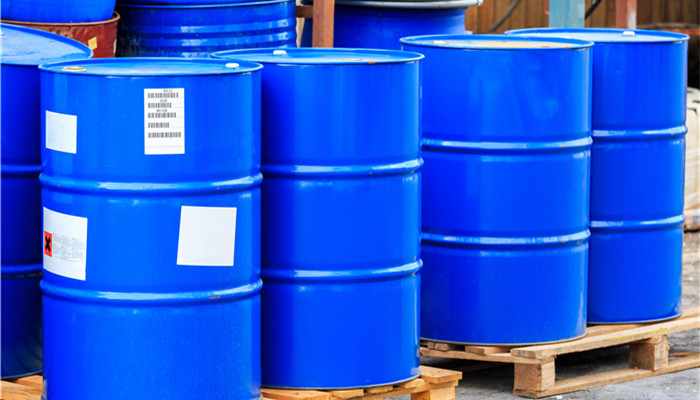
The sec-butylamine industry has entered a mature stage with little room for future development.
Second-butylamine, also known as 2-aminobutane and 2-butylamine, is a colorless, transparent and volatile liquid, soluble in most organic solvents such as water, ethanol, ether acetone, etc. Sec-butylamine is an important organic chemical intermediate that can be used in pesticides, medicines, dyes and other industries. Secondary butylamine is also a protective fungicide that can effectively inhibit the growth and reproduction of fungi such as Rhizopus, Penicillium and Green Mold. It can be used to preserve fruits such as citrus, apples, pears, peaches, grapes and bananas during storage.
At present, the technological level of my country’s sec-butylamine market is relatively mature, and various production processes such as the butanone catalytic hydrogenation amination synthesis method and the sec-butanol amination hydrogenation method have been formed. At the same time, product differentiation is not obvious. In recent years, driven by the tightening of my country’s environmental protection policies, some inefficient and high-pollution production lines have been forced to shut down. Due to the rise in raw materials and other costs, the profit margin of the sec-butylamine industry has been compressed, the industry has been developing slowly, and investment has been active. The degree is low and the entire industry is in a tepid state.
In terms of application, the application of sec-butylamine in my country began in 1987, and sec-butylamine was approved as a preservative for fruit and vegetable processing. However, as my country’s food requirements gradually increase, the government has successively formulated the “Green Food Food Additives Use Guidelines NY/T392-2013”, “Green Food Temperate Fruits NY/T844-2010”, and “Food Safety National Standards Food Additives Use Standards GB2760″ -2014” and other standards, especially in the current “National Food Safety Standard for the Use of Food Additives GB2760-2014”, sec-butylamine products and usage regulations have been deleted, and sec-butylamine has been restricted in the application of fruit and vegetable preservatives.
At present, the terminal demand for sec-butylamine is mainly concentrated in the field of pesticides. sec-butylamine can be synthesized from chlorobenzene, butyl chloride, and sec-butylamine through alkylation, nitration, and amination. It belongs to the low-toxicity dinitroaniline tobacco Bud suppressant. In recent years, the development of my country’s pesticide industry has been restricted by the national environmental protection and zero-growth policies for pesticide use, which has also had a major adverse impact on the sec-butylamine industry and inhibited the growth of sec-butylamine market demand. According to the “Research Report on Market Monitoring and Future Development Prospects of China’s Secondary Butylamine Industry from 2022 to 2026” released by the Industrial Research Center, In 2021, China’s demand for sec-butylamine will be 15,300 tons, with a low growth rate of 1.6%.
Industry analystssaid that the development of the sec-butylamine industry is slow, investment activity is low, and the entire industry is in a relatively sluggish state. From the perspective of market demand, the application fields of sec-butylamine are still mainly pesticides. However, in recent years, under the influence of environmental protection and other factors, the domestic market demand for sec-butylamine has grown slowly, and there is not much room for industry development. From the perspective of market competition, due to the small domestic demand market, the enthusiasm of enterprises for production has declined, and some enterprises have withdrawn from the market. Only Zhejiang Jianye Chemical Co., Ltd., Zhejiang Xinhua Chemical Co., Ltd. and other enterprises are producing. Taken together, the development of my country’s sec-butylamine industry has entered a mature stage as a whole.

 微信扫一扫打赏
微信扫一扫打赏

